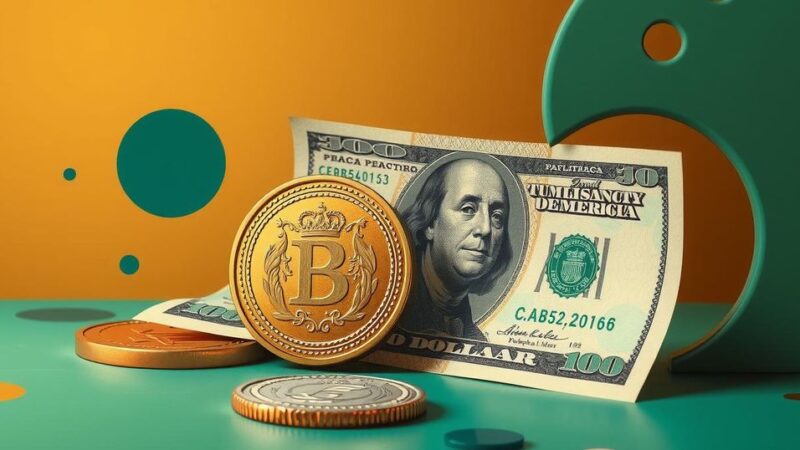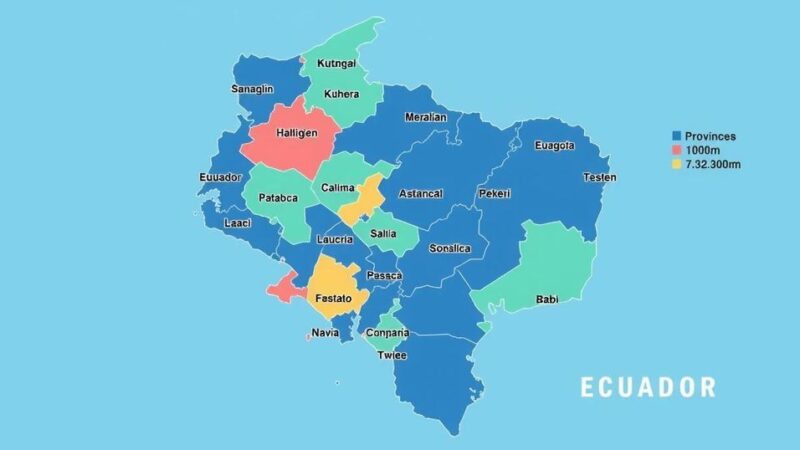Namibia’s economy faces potential destabilization due to tensions between the U.S. and South Africa, warned by the central bank governor. The Namibian dollar, pegged to the rand, is at risk following President Trump’s freeze on U.S. aid to South Africa. The central bank has cut interest rates to 6.75% as inflation remains controlled amidst economic slowdowns.
The ongoing tensions between the United States and South Africa have raised alarms regarding the potential impact on Namibia’s economy, as warned by Namibia’s central bank governor. The country’s currency, the Namibian dollar, is pegged to the South African rand, leading to concerns about its vulnerability amidst the U.S. executive order freezing all aid to South Africa due to claims of human rights violations.
Governor Johannes! Gawaxab stated that the strong economic ties between Namibia and both nations expose Namibia to the possible fallout from this diplomatic dispute. “Our currency is pegged to the South African rand, so any impact on the rand will directly affect us. It’s too early to tell what the full implications will be, but we need to monitor the situation closely,” he emphasized.
Furthermore, the economic interdependence necessitates close scrutiny of the unfolding situation, given the implications it may have on Namibia’s fiscal stability. In response to the slowing economic growth and controlled inflation, the Monetary Policy Committee has reduced the key interest rate by 25 basis points to 6.75%, in alignment with recent policy shifts by South Africa’s Reserve Bank.
In summary, the rising tensions between the U.S. and South Africa pose significant challenges for Namibia’s economy due to its currency’s link to the rand. The central bank’s measures and ongoing monitoring will be crucial as the geopolitical landscape evolves. Governor Gawaxab emphasizes the importance of vigilance in assessing the full potential impacts on Namibia’s economic stability.
Original Source: africa.businessinsider.com






